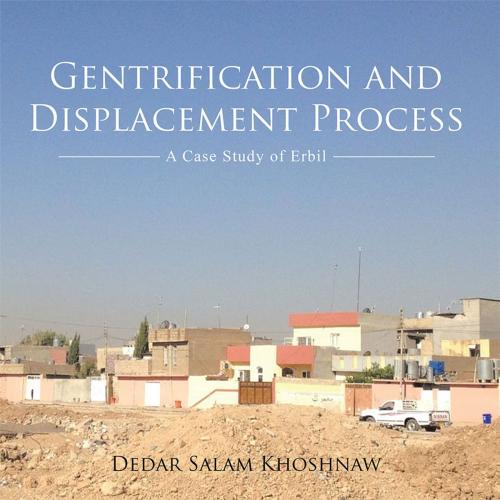Gentrification and Displacement Process
A Case Study of Erbil
Nonfiction, Reference & Language, Education & Teaching, Educational Theory, Philosophy & Social Aspects| Author: | Dedar Salam Khoshnaw | ISBN: | 9781504999090 |
| Publisher: | AuthorHouse UK | Publication: | February 2, 2016 |
| Imprint: | AuthorHouse UK | Language: | English |
| Author: | Dedar Salam Khoshnaw |
| ISBN: | 9781504999090 |
| Publisher: | AuthorHouse UK |
| Publication: | February 2, 2016 |
| Imprint: | AuthorHouse UK |
| Language: | English |
An obvious question which should be addressed at the outset is why gentrification and displacement is concentrated in these particular neighbourhoods in Erbil (Citadel, Mustawfi, Bakhtiyari, and Kurani Ainkawa). The removal of Saddam Hussein in 2003 removed all obstacles to economic growth, development, social change, and construction for the Iraqi Kurds Yildiz (2007) and Mati (2010). Gentrification has been widely defined around a number of concepts about class alteration and introduction into a given area; these have led to definitions such as the movement of middle-class and upper-class residents into working-class areas of the inner city Munt (1987:1175), Negotiating with, and participation of the residents before the application of the process could be the first successful step to think about gentrification differently. Exaggerated efforts to protect some original characteristics of the settlement are compulsory, such as ethnic differentiation, affordable rent values, and small-scale business. Co-operation of the local people in the development application of their areas could be more helpful for the authorities to become familiar with the residents problems and involve them with the process instead of displacing them directly or indirectly.
An obvious question which should be addressed at the outset is why gentrification and displacement is concentrated in these particular neighbourhoods in Erbil (Citadel, Mustawfi, Bakhtiyari, and Kurani Ainkawa). The removal of Saddam Hussein in 2003 removed all obstacles to economic growth, development, social change, and construction for the Iraqi Kurds Yildiz (2007) and Mati (2010). Gentrification has been widely defined around a number of concepts about class alteration and introduction into a given area; these have led to definitions such as the movement of middle-class and upper-class residents into working-class areas of the inner city Munt (1987:1175), Negotiating with, and participation of the residents before the application of the process could be the first successful step to think about gentrification differently. Exaggerated efforts to protect some original characteristics of the settlement are compulsory, such as ethnic differentiation, affordable rent values, and small-scale business. Co-operation of the local people in the development application of their areas could be more helpful for the authorities to become familiar with the residents problems and involve them with the process instead of displacing them directly or indirectly.















